Growth in the Beverage Industry
The Sorbic Acid Market is experiencing growth driven by the beverage sector, where sorbic acid is utilized as a preservative to enhance product stability. With the increasing consumption of non-alcoholic beverages, including soft drinks and juices, the demand for effective preservatives is on the rise. In 2025, the beverage industry is projected to account for nearly 25% of the total sorbic acid consumption, reflecting a significant opportunity for market expansion. As manufacturers seek to improve the shelf life and safety of their products, sorbic acid is likely to become a staple ingredient. This trend suggests that the Sorbic Acid Market is well-positioned to capitalize on the burgeoning beverage market, which continues to evolve with changing consumer preferences.
Rising Demand in Food Preservation
The Sorbic Acid Market is experiencing a notable surge in demand due to its essential role in food preservation. As consumers increasingly prioritize food safety and shelf life, manufacturers are incorporating sorbic acid as a key preservative. In 2025, the market for sorbic acid in food applications is projected to reach approximately 30,000 tons, reflecting a compound annual growth rate of around 5%. This growth is driven by the rising consumption of processed foods, which often require preservatives to maintain quality. Furthermore, regulatory bodies are endorsing the use of sorbic acid, as it is recognized for its efficacy and safety. Consequently, the Sorbic Acid Market is likely to expand as food manufacturers seek reliable solutions to enhance product longevity and consumer satisfaction.
Technological Advancements in Production
Technological advancements in the production of sorbic acid are significantly influencing the Sorbic Acid Market. Innovations in manufacturing processes, such as the development of more efficient synthesis methods, are reducing production costs and enhancing product quality. For instance, the introduction of biotechnological methods for sorbic acid production is gaining traction, potentially leading to a more sustainable and eco-friendly approach. As a result, the market is expected to see a shift towards higher purity levels and lower environmental impact. By 2025, it is anticipated that these advancements could increase production capacity by up to 20%, thereby meeting the growing demand across various sectors. This evolution in production technology is likely to position the Sorbic Acid Market favorably in a competitive landscape.
Increasing Awareness of Health and Safety
The Sorbic Acid Market is benefiting from an increasing awareness of health and safety among consumers. As individuals become more informed about food additives and their implications, there is a growing preference for products that utilize safe and effective preservatives. Sorbic acid, being a widely accepted preservative, is gaining traction as a preferred choice among manufacturers aiming to meet consumer expectations. In 2025, it is estimated that the demand for sorbic acid in food products will rise by approximately 10% due to this heightened awareness. Furthermore, regulatory agencies are reinforcing the importance of using safe preservatives, which could further bolster the market. This trend indicates that the Sorbic Acid Market is likely to thrive as it aligns with consumer demands for transparency and safety in food production.
Expansion into Cosmetics and Pharmaceuticals
The Sorbic Acid Market is witnessing an expansion into the cosmetics and pharmaceuticals sectors, where its antimicrobial properties are highly valued. In recent years, the use of sorbic acid in personal care products has increased, as it helps to prevent microbial growth and extend product shelf life. The cosmetics segment is projected to account for approximately 15% of the total sorbic acid consumption by 2025. Additionally, the pharmaceutical industry is recognizing the potential of sorbic acid as a preservative in various formulations, which could further drive demand. This diversification into new applications suggests that the Sorbic Acid Market is not only reliant on traditional food preservation but is also adapting to meet the needs of evolving consumer preferences in personal care and health products.


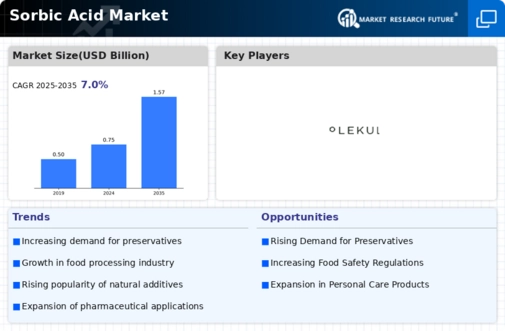
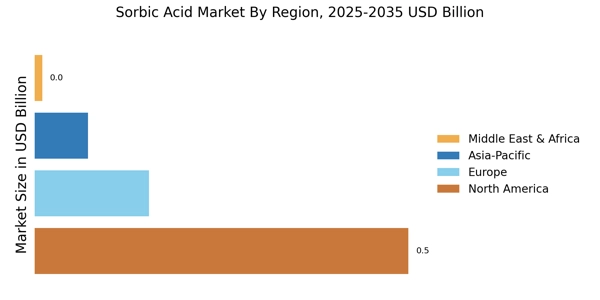

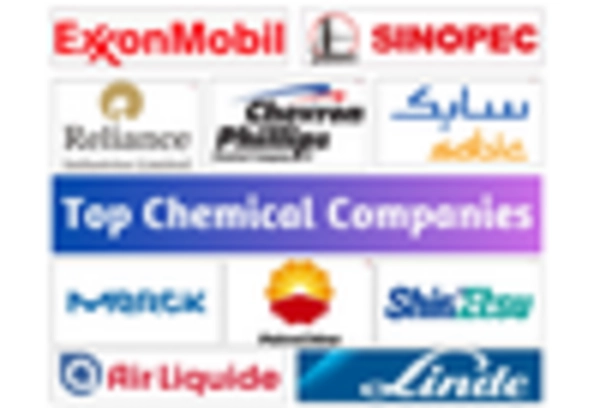
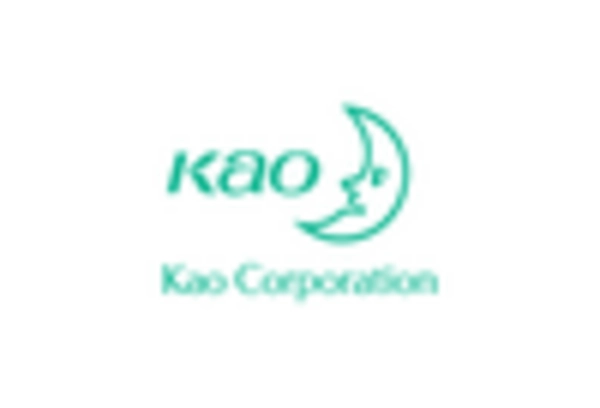

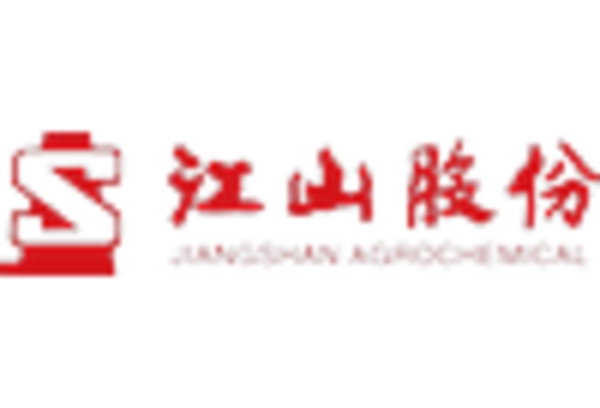
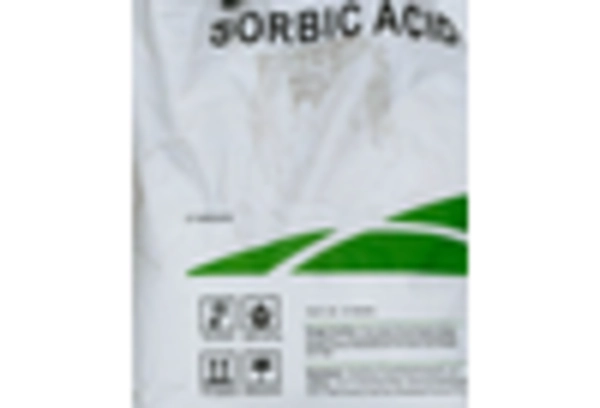








Leave a Comment